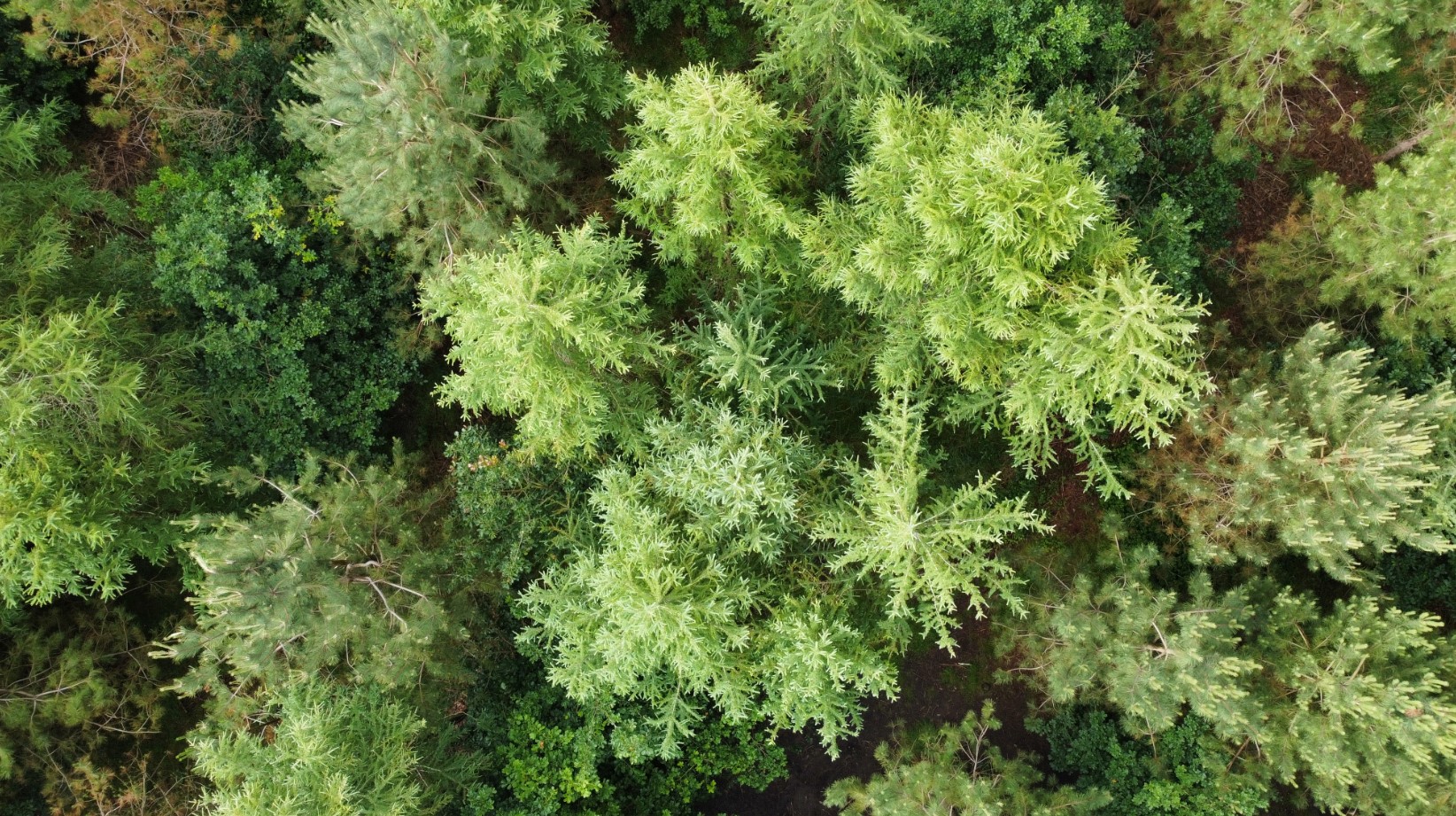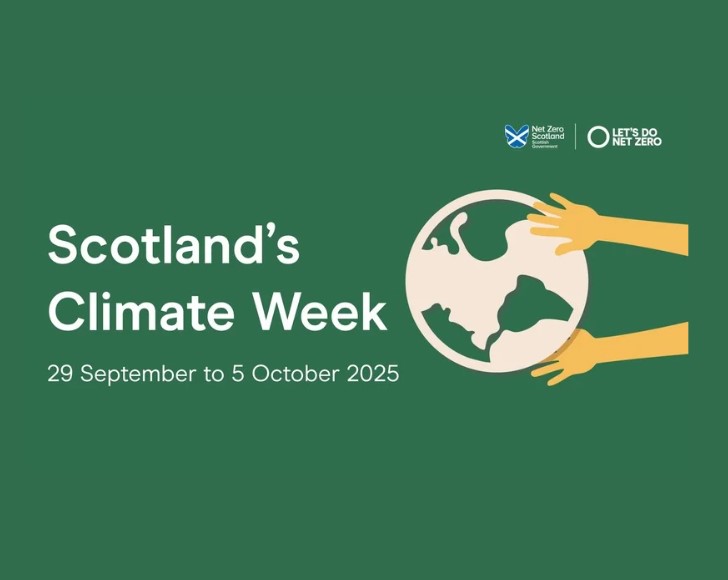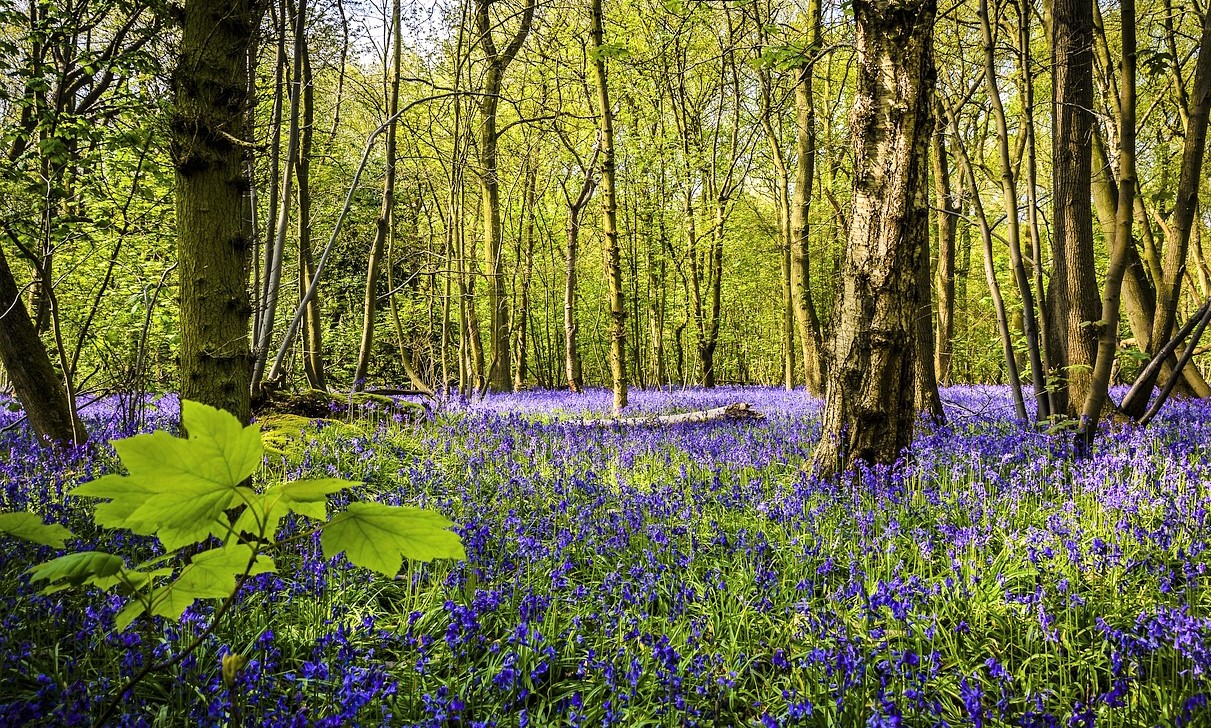Scotland's Climate Week is an annual event which raises awareness of the climate emergency and the urgent need for action.
One of the most effective ways to tackle climate change is to create new woodland because trees absorb carbon dioxide as they grow.

The Woodland Carbon Code is the UK’s quality assurance standard for woodland carbon projects. It enables landowners, organisations and businesses to take climate action by creating and supporting new woodlands across the UK.
For landowners, crofters and farmers, it offers the opportunity to establish woodlands which generate valuable carbon units.
- For businesses, it provides a way to compensate for unavoidable UK-based emissions by buying these high-integrity units.
The latest version of the code, launched on 1 August, is designed to be more accessible, practical and commercially viable for the land management sector.
Key updates include revising rules to encourage more projects on crofted land and allowing projects up to 10 hectares to use a streamlined approach.




